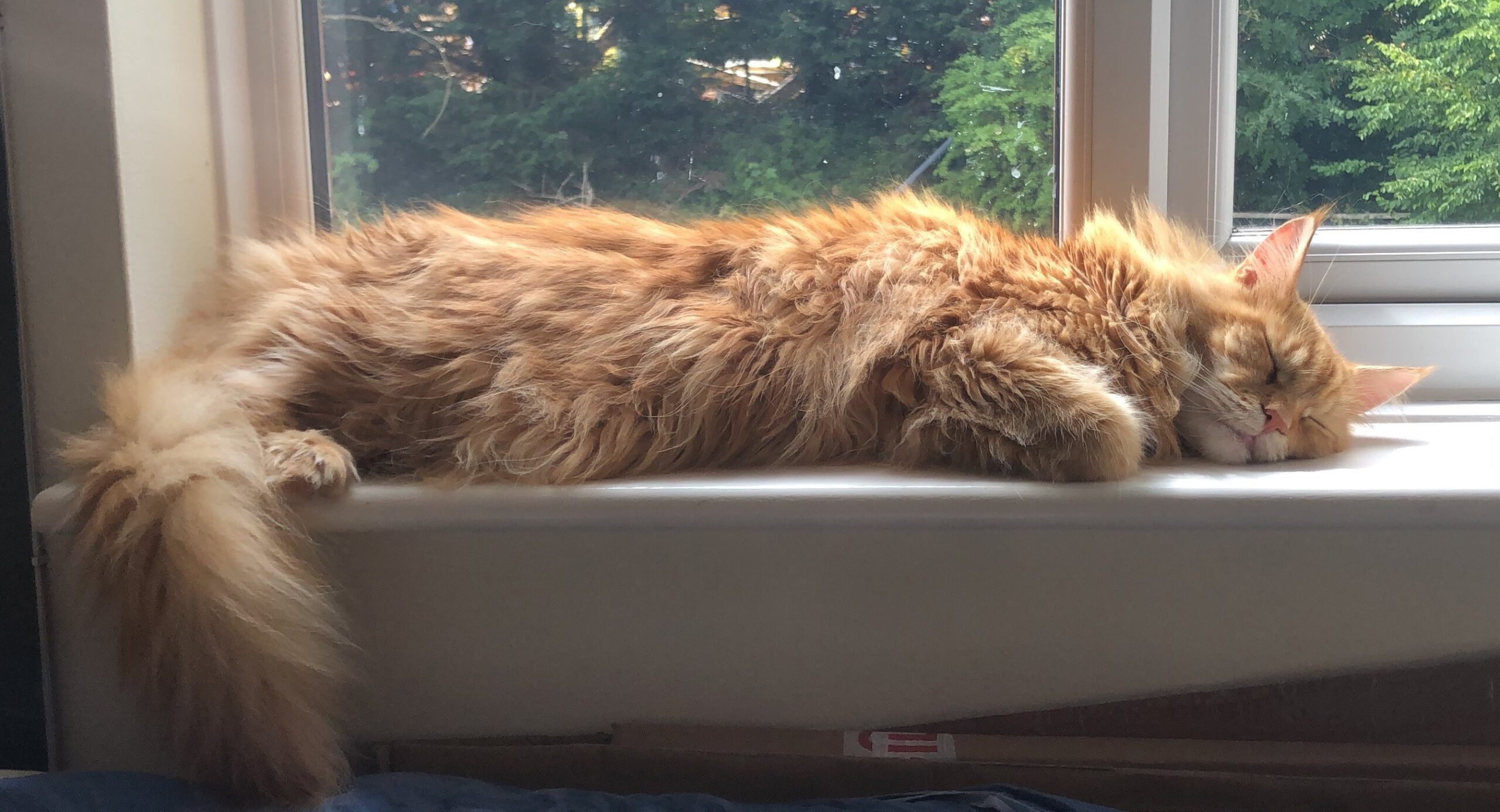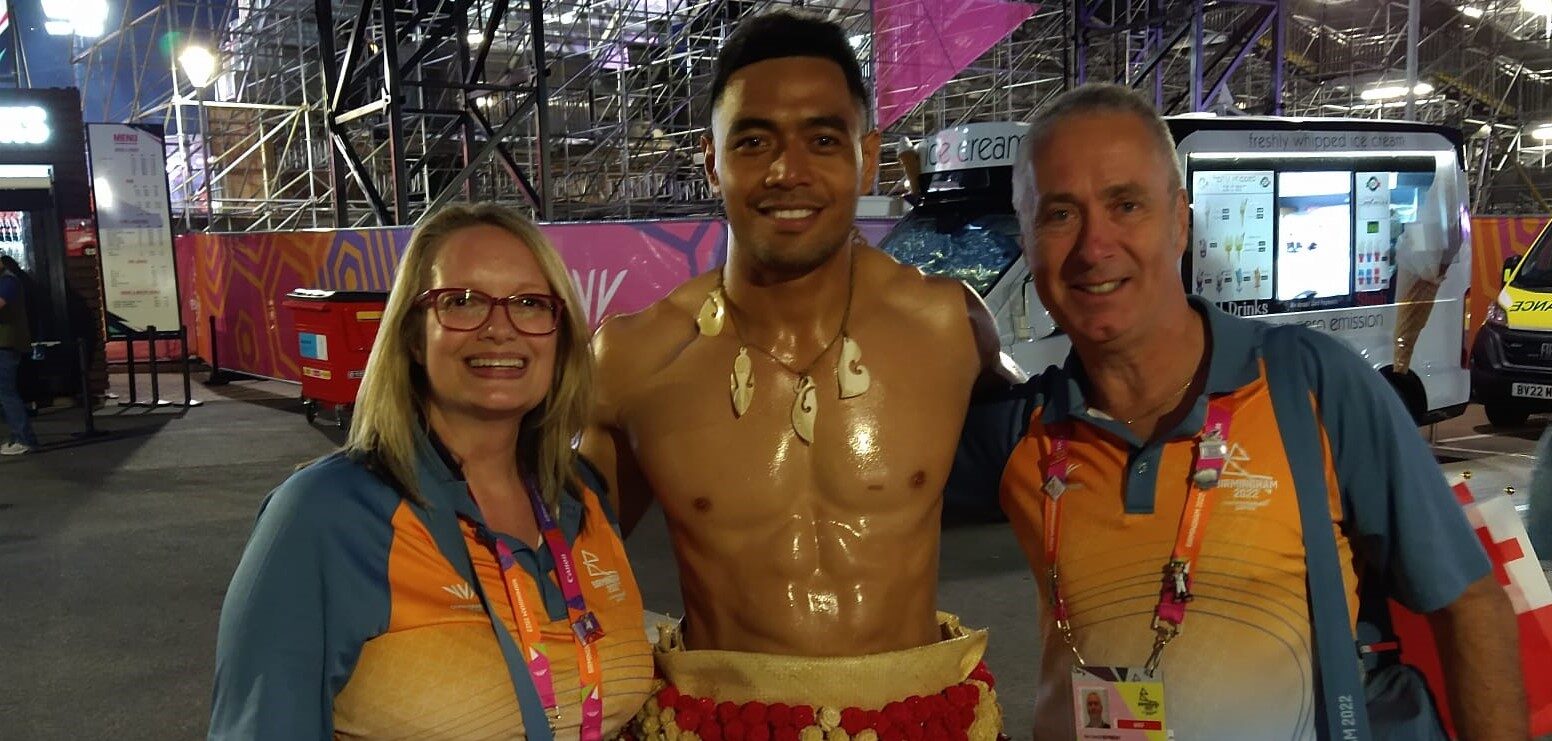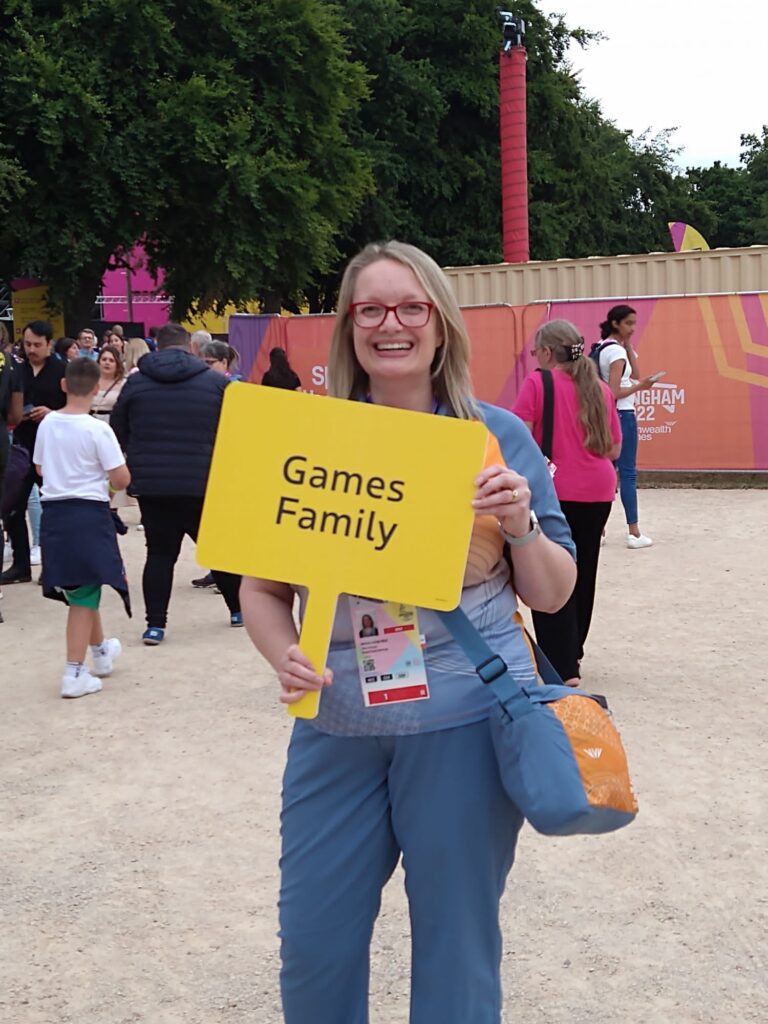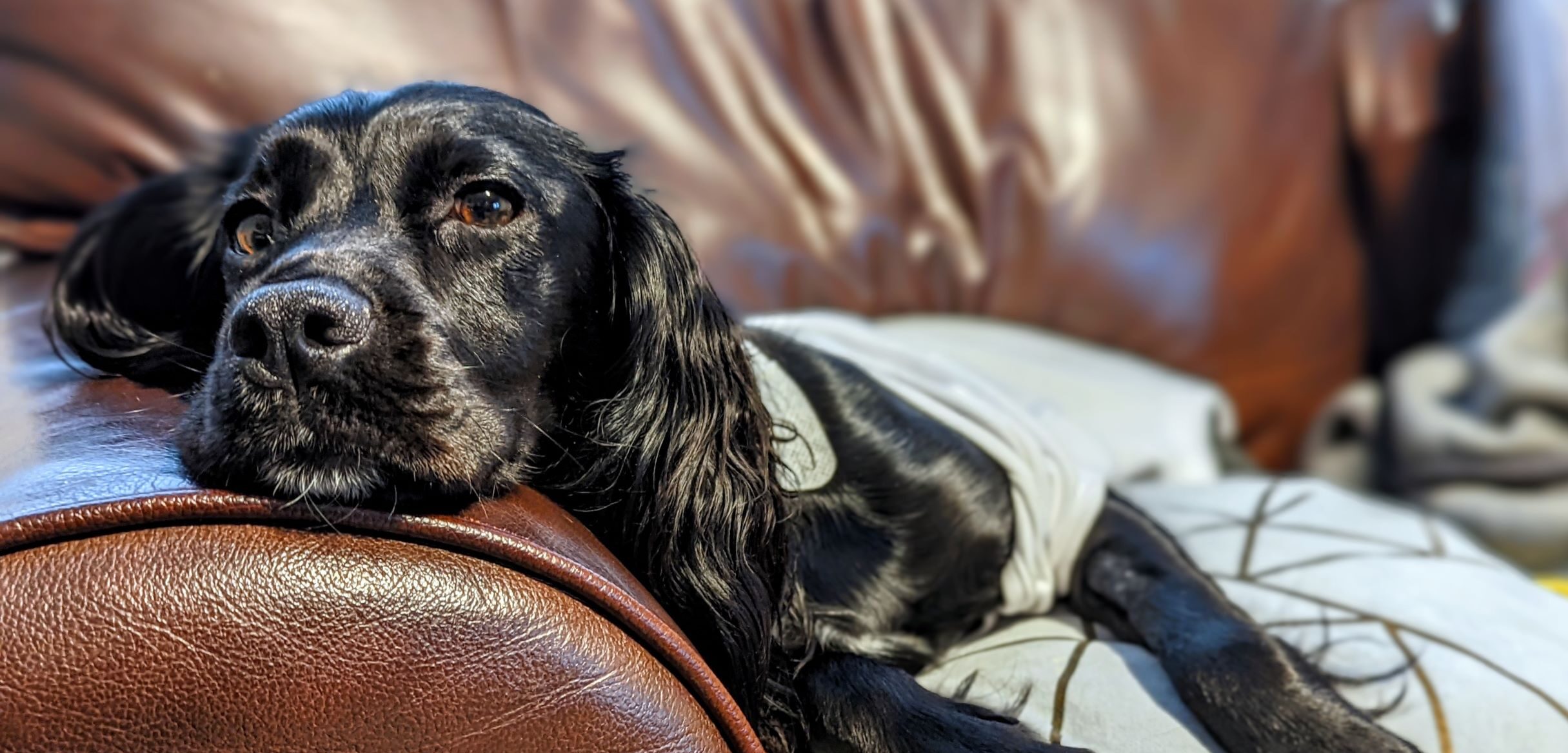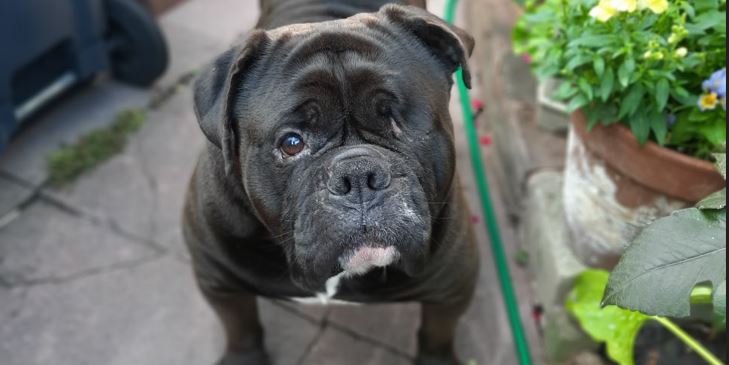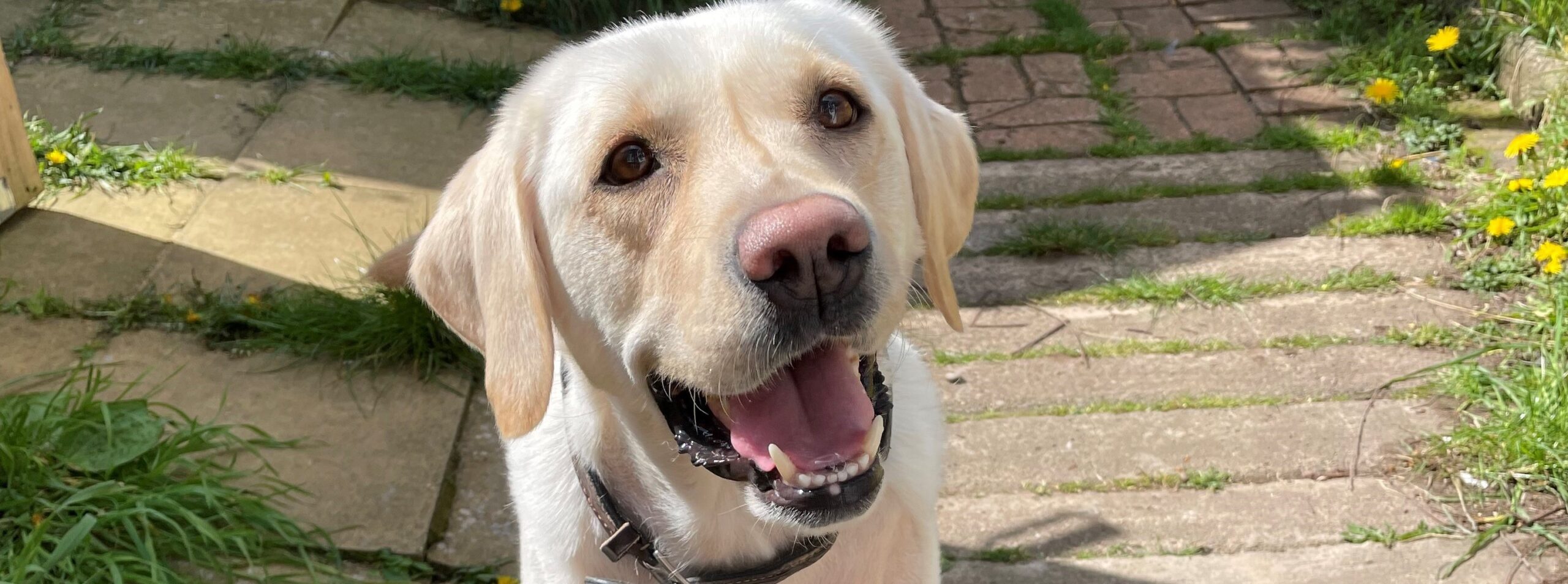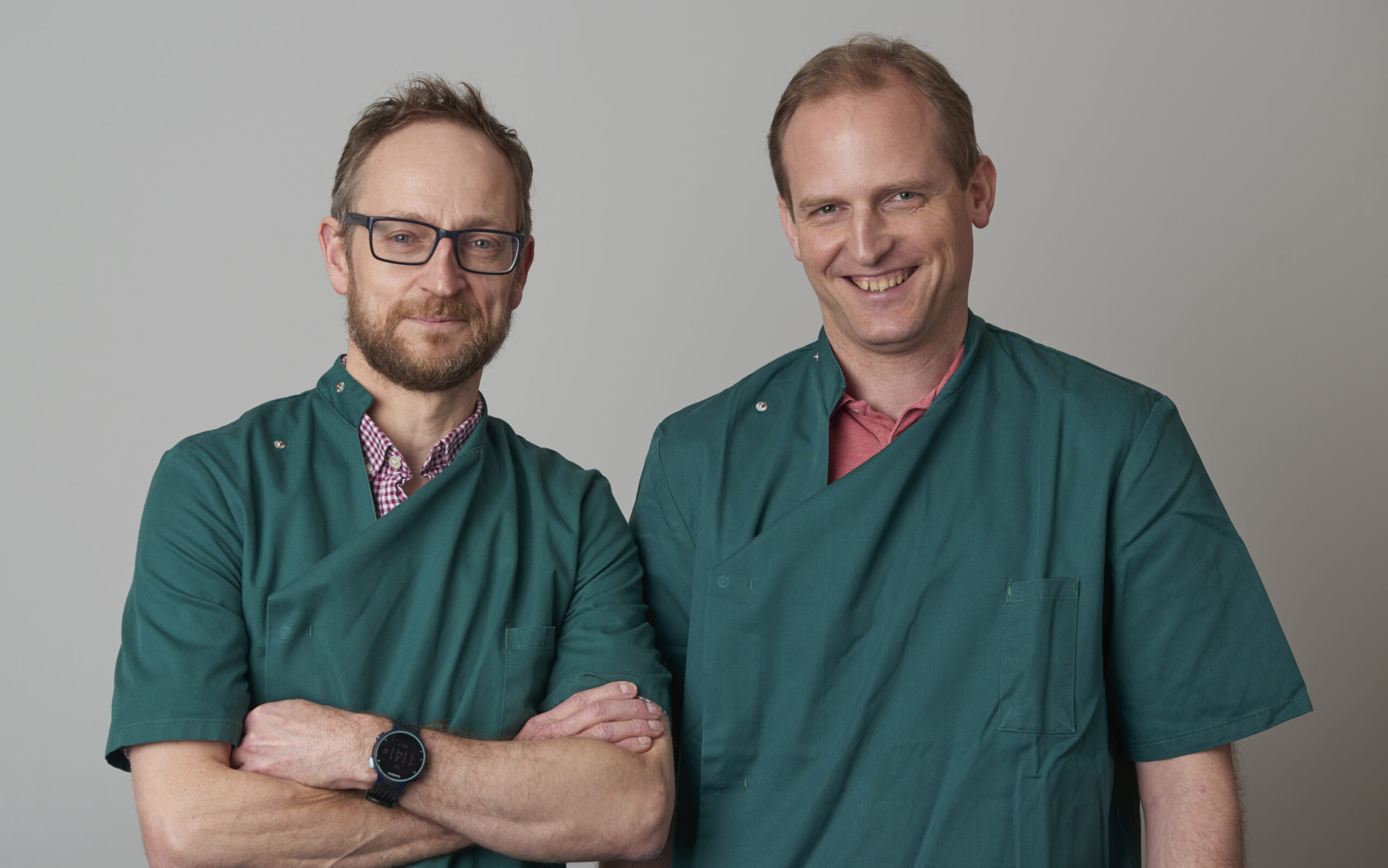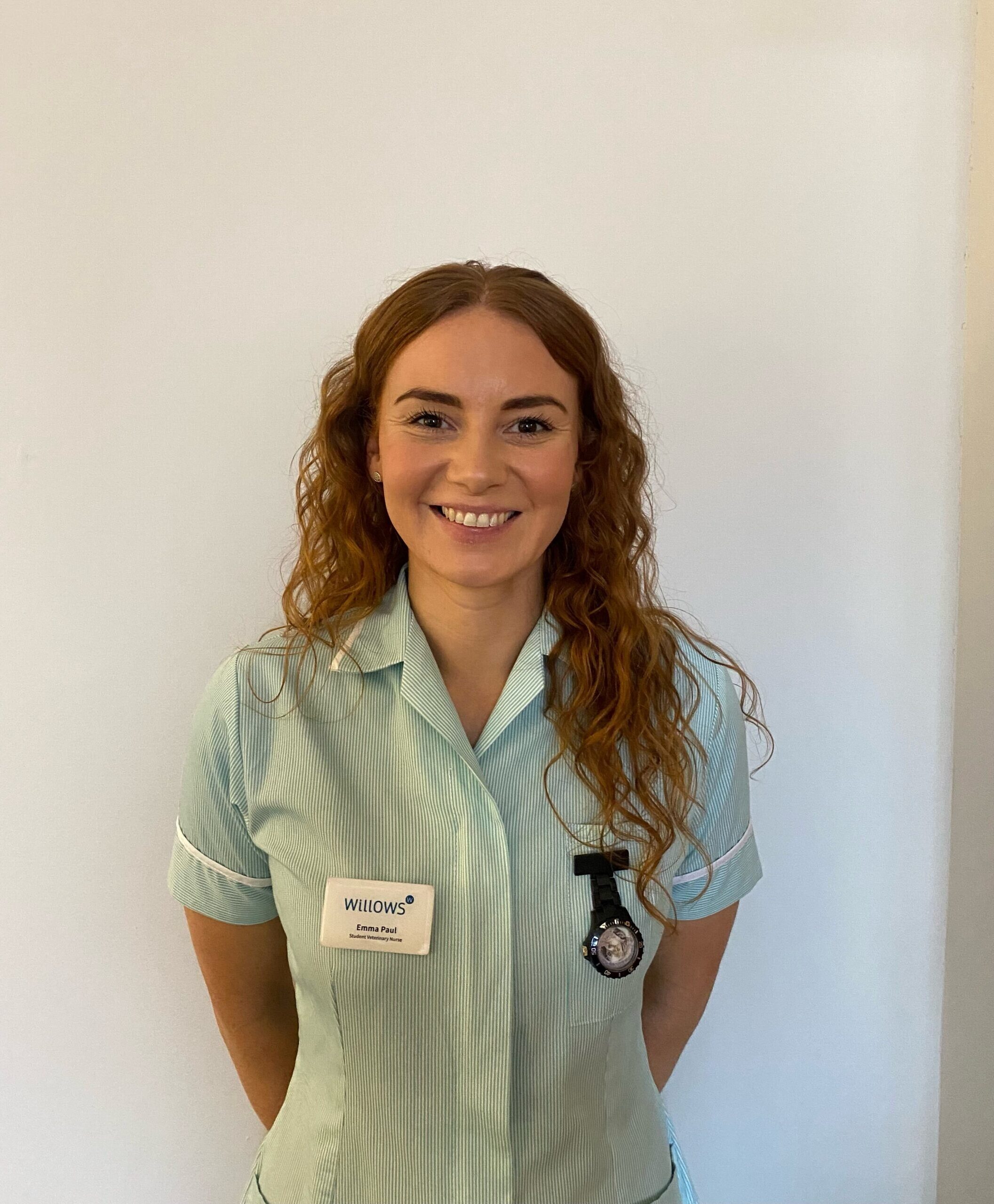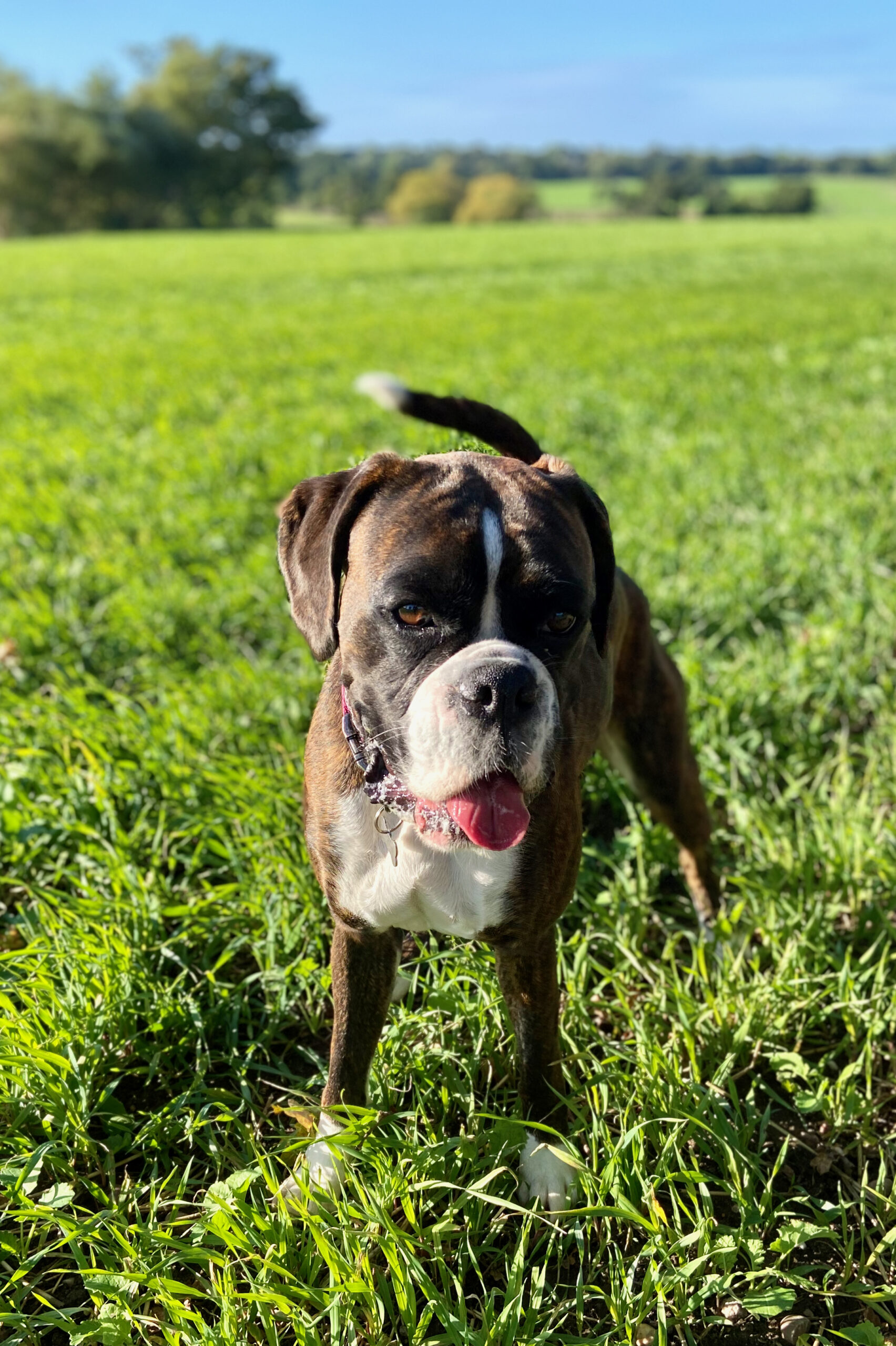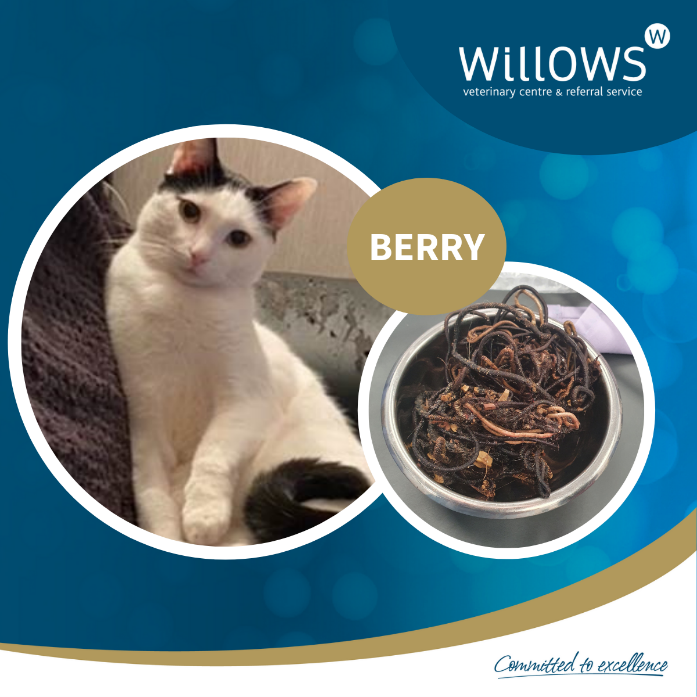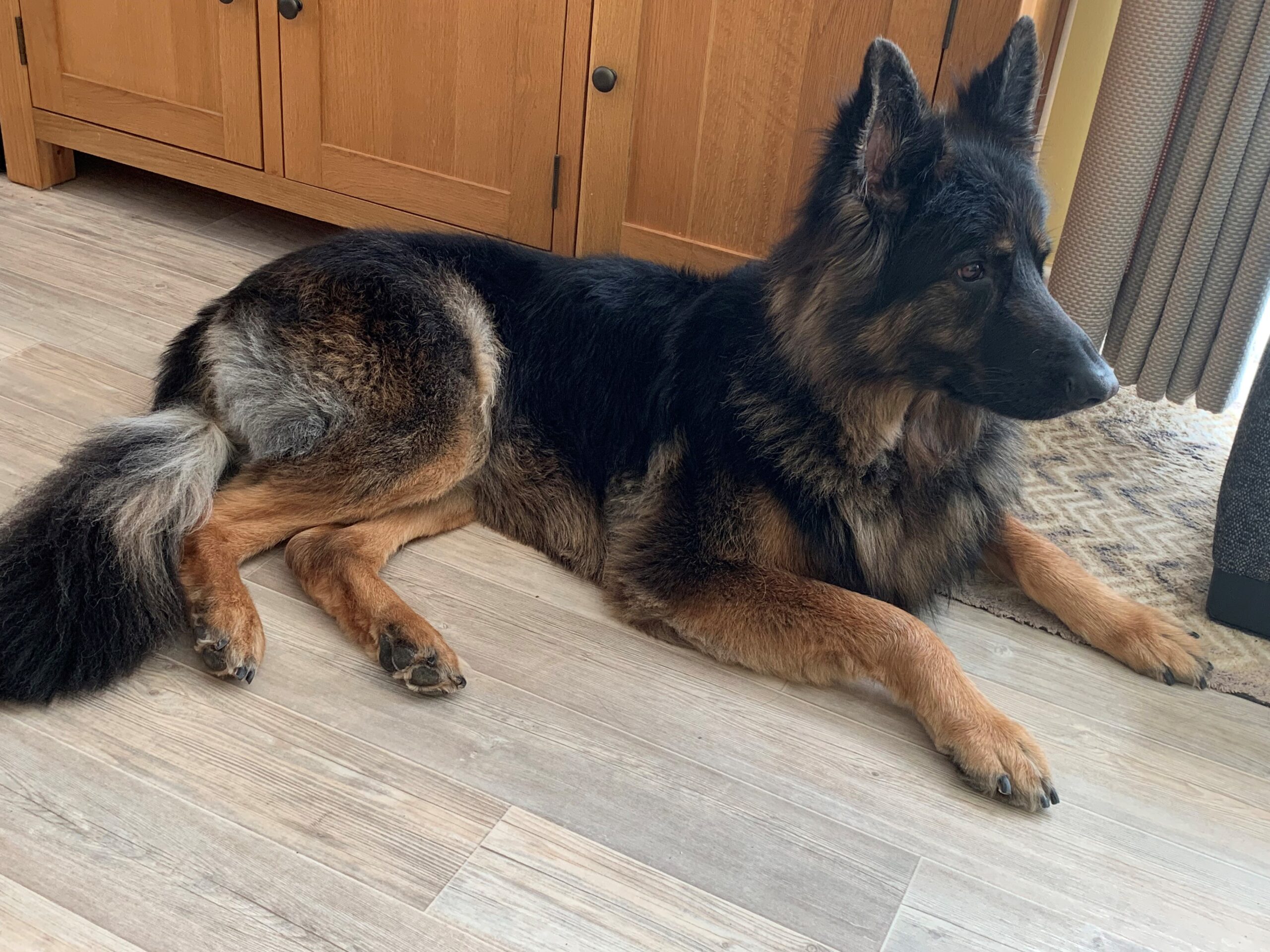A cat called Tanqueray who had been plagued by a chronic ear condition has received a real tonic after a being treated with dog medicine.
The six-year-old Maine Coon had been struggling for six months with an acute ear infection and was eventually referred to us here at Willows.
Our renowned head of dermatology Dr Richard Harvey took charge of the case and confirmed that Tanqueray was afflicted by a rare, bacterial infection.
Dr Harvey, a UK and European recognised specialist in dermatology said: “Tanqueray was suffering from a serious case of what’s called ‘bilateral gram-negative otitis externa’ which is very rare in cats.
“It affected both external and middle ears. The case was complicated further as Tanqueray was also found to have a heart murmur.
“Luckily for Tanqueray, Willows has a specialist cardiology team who were able to perform an ultrasound on him straight away to ensure that general anaesthetic could be administered in order to investigate fully what the problem was.
“The infection had ruptured Tanqueray’s eardrums, inflamed his ear canal and caused a build-up of fluid in his middle ear as well as some discharge from both ears. The bacteria, called Pseudomonas, was shown to be resistant to all antibacterial agents that were available to us to use in a cats’ ear.”
Owner Tom Duncan, from Hampton in Arden, West Midlands, was relieved to finally have a definitive diagnosis, although admitted he was surprised by Dr Harvey’s innovative treatment.
ANTIBIOTICS
He explained: “It was such a relief to have a clear diagnosis and a path forward that wasn’t essentially just trial and error.
“Dr Harvey also said the condition could be treated with a selection of unconventional antibiotics.
“Unconventional in the sense that Tanqueray is a cat but roughly the size of a Jack Russell dog, so physically more suited to medication for dogs, however, this isn’t commonly prescribed.”
Tom embraced the novel idea and said Tanqueray subsequently made a spectacular recovery.
He quipped: “He’s back to what we remember and is currently snoring on a windowsill!”
Tom is full of praise for Dr Harvey and his expertise, adding: “Richard is an incredibly clear and direct communicator.
“After the initial consultation I didn’t feel worried at all for the first time since Tanqueray’s problem had started some months before.
“His ability to explain exactly what was wrong to someone who is not medically minded was incredibly reassuring.
“He showed us the evidence of the symptoms and told us how he could be certain that this was the cause of the problem.
“He also explained how there were a number of paths forward which we could take simultaneously which was a huge relief.
“Finally, his awareness that this is a family member and not just a pet was wonderful. We are extremely attached to our cat and it was lovely to see other people appreciate and understand that.
“We were looked after extremely well and I’d absolutely recommend Dr Harvey and Willows to other pet owners.”

